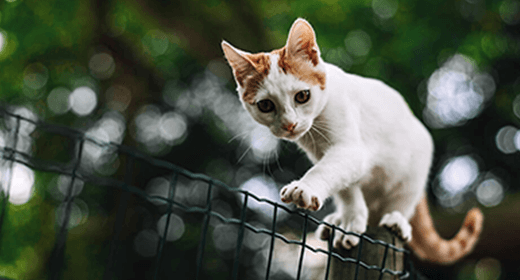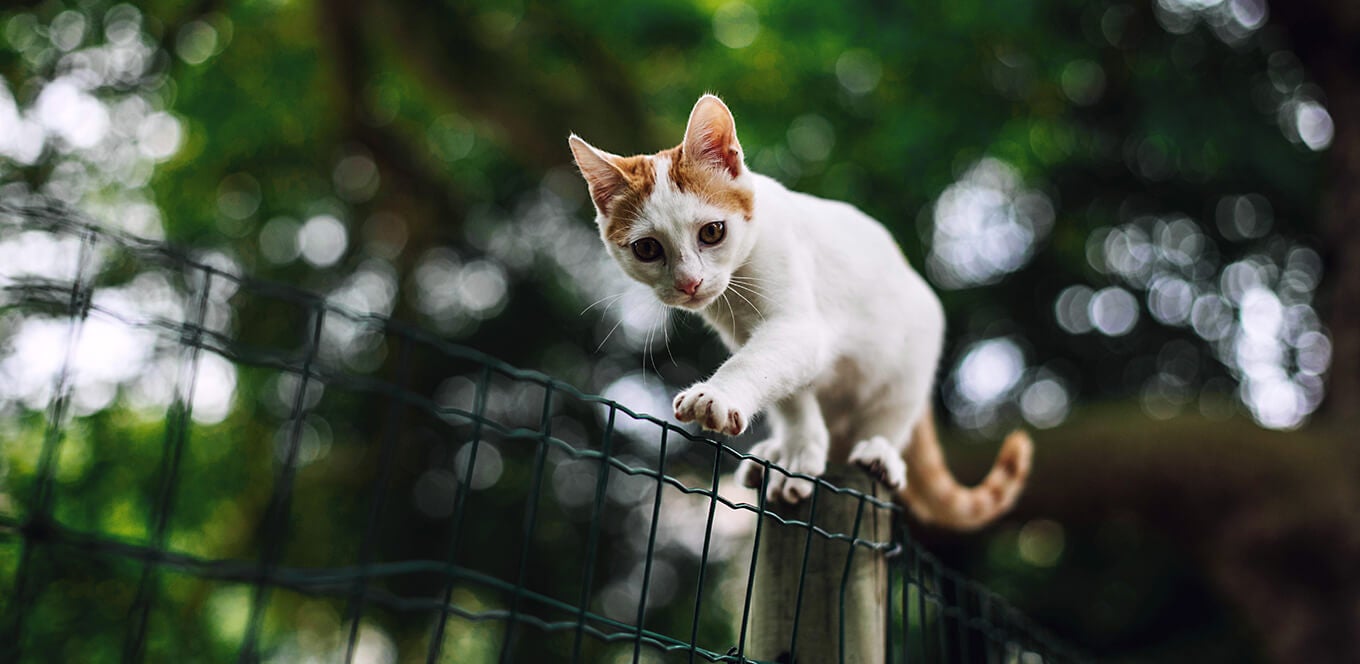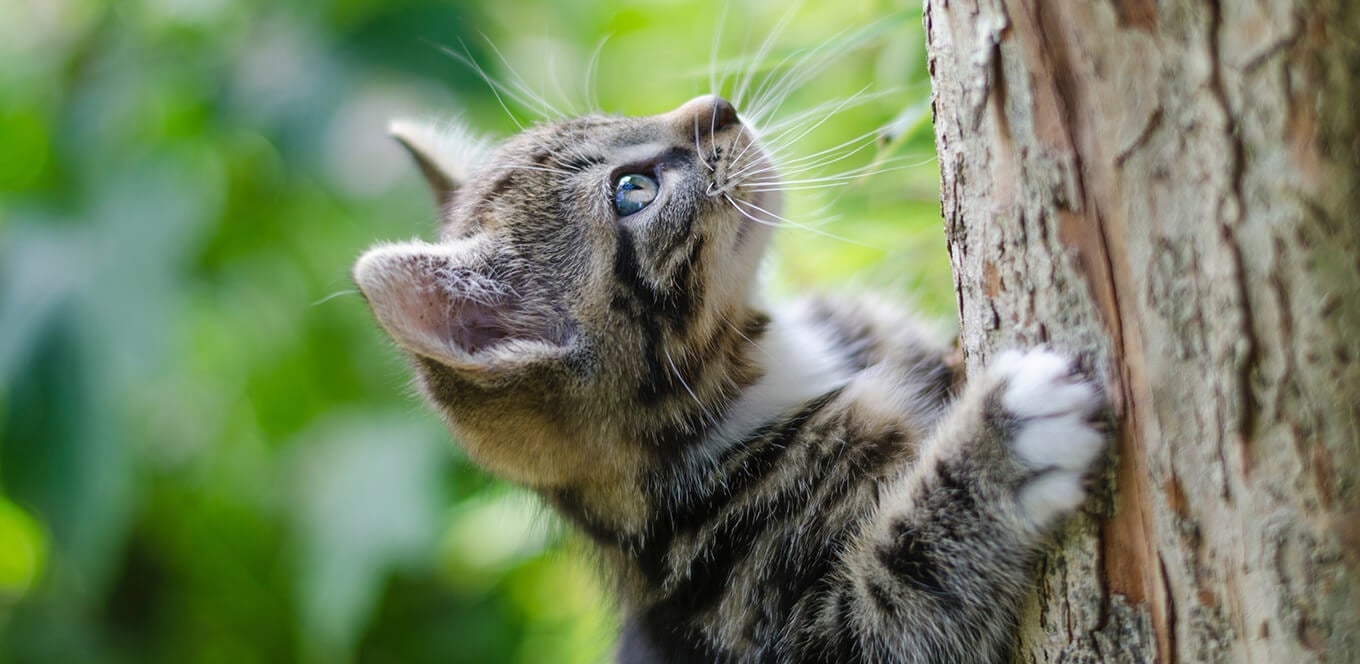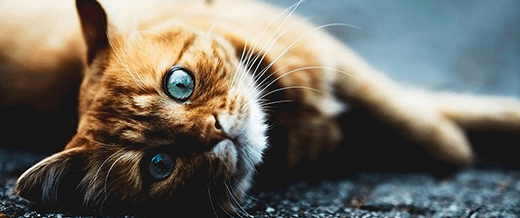

Cats are carnivorous animals who typically depend on meat protein for their regular growth and development. But can kittens eat raw meat? Well, while cats do enjoy feasting on meat from other animals, they should do so only after a certain age. Younger kittens generally do not have the metabolism and capacity to digest raw meat. Hence, pet parents should start a raw diet for kittens only once they turn 3 to 4 weeks old.
Although cats relish their portion of raw meat, feeding it to kittens is a totally different topic. Since kittens are still at a developing stage, they are more sensitive and need additional care. Yet, feeding raw meat to kittens is not an unheard practice. However, uncooked and unprocessed raw meat often carry harmful microbes which may hamper the kitty’s health. Hence, it is not recommended to feed raw meat to kittens.
While there is no evidence that raw meat offers more nutrition than other types of cat food (and vice versa), here are two reasons why kittens shouldn’t eat raw meat:
Raw food is not recommended for cats because it contains bacteria like Salmonella and listeria. These bacteria can make both the pet as well as caregivers sick. And it is no news that food-borne diseases can at times be fatal.
Raw meat often contains small bone pieces and that can be dangerous for the kitten. These pieces can cause intestinal blockage. In fact, they can even cut the insides of your pet’s digestive system. Moreover, bone pieces can also fracture the cat’s teeth. If your cat is an aggressive chewer, feeding raw meat with bones could even break your feline friend’s tooth.
Now, as a cat parent, you might assume that home-cooked food is the best choice for your cat. However, it is a daunting and time-consuming process. You will have to understand cat’s feeding needs to ensure that it meets the daily nutrition quota. Along with protein, our feline family member also needs essential micronutrients like iron sodium, chloride, magnesium, etc. Hence, going for wet cat food products and kibbles is a feasible option. It saves you the effort of cooking food every day while also offering complete nutrition to your pet. Let’s explore the benefits of feeding wet cat food and kibbles to your cat:
Note: Get in touch with your vet to make sure you feed the right quantities of both wet and dry cat food to your pet.
At IAMS, we offer dry cat food and kibbles that are made with premium-quality meat like chicken, tuna, and salmon. Along with being rich in protein, our range of cat food is also loaded with essential vitamins and minerals for cats.
If your cat accidently eats raw meat, take it to your vet as soon as possible. Cats exhibit the following symptoms every time they eat something their system doesn’t accept:
If a cat eats raw meat, it can lead to food-borne diseases, digestive issues, and tooth fracture.
No, raw food is not safe for kittens as it often contains infectious bacteria and small bone pieces that can cause fatal health problems.
Since kittens are still at a growing stage, their immune system is not strong enough to fight harmful bacteria present in raw meat. Hence, it is not recommended to feed any kind of raw meat to kittens.
No. Kittens shouldn’t eat raw chicken as it can cause severe health problems. Since cats are carnivores, they require animal protein for sustenance. Hence, cat parents should opt for wet and/or dry cat food that are developed to support your pet’s overall health.




Cats are known to be solitary creatures and enjoy spending time with themselves. However, as a pet parent, you must ensure that your cat remains healthy. It is advisable to keep an eye on your cat’s behavior to detect a sudden change, even what it eats, and in how much quantity. A regular health checkup is one of the most basic yet essential steps to a cat/kitty care guide. Taking care of cats is comparatively easier than taking care of kittens. A diligently followed routine for cat care can also be quite helpful. So, before we tell you how to take care of cat, here are few dos and don’ts every cat owner must know.
Here’s your cat care 101 –
Now that you have brought your cat home, the next step is to comfortably settle it in your house. Housetraining might sound like a tedious task, but it isn’t. With a little practise and lots of patience, you can easily housetrain your cat. Some of the most basic things to keep in mind while housetraining your cat include providing a proper litter box, spaying your cat, toilet training and cat proofing the house. Given below are some tips that may help you easily housetrain your cat:
Taking care of your cat’s health comes first in the cat/kitty care guide. Even though cats lick and self-groom themselves, they cannot get better on their own if they contract the following diseases:
‘How to take care of a cat’ is a question asked by many first-time cat owners, as cats can be difficult to figure out. But with a few careful steps, you can easily take care of your cat. Here are some cat care tips for first-time cat owners: